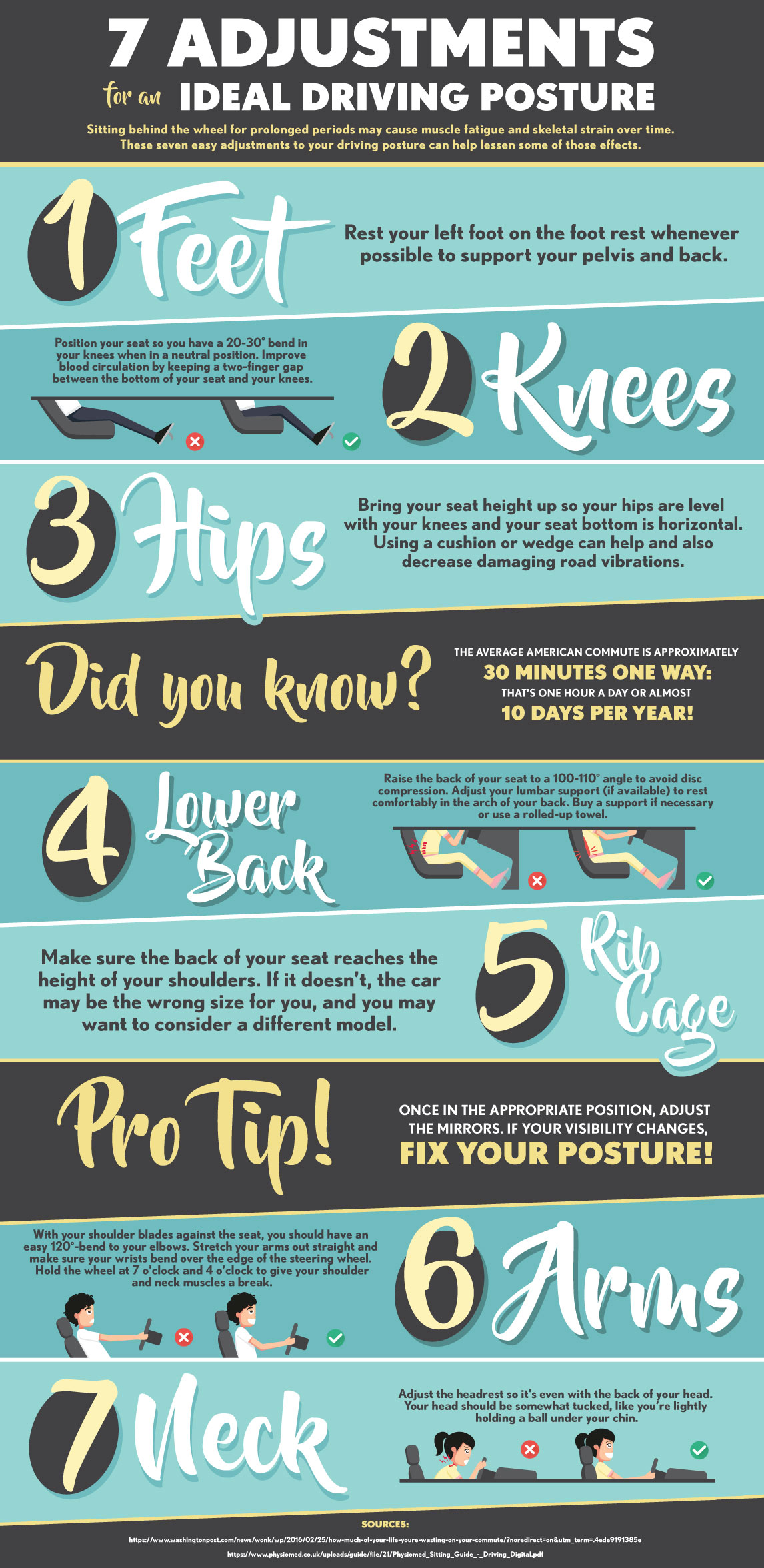The Effect Of Pose On Pain In The Back: Guidelines For Maintaining Excellent Positioning Throughout Your Day-To-Day Routine
The Effect Of Pose On Pain In The Back: Guidelines For Maintaining Excellent Positioning Throughout Your Day-To-Day Routine
Blog Article
Web Content Composed By-McKinley Thaysen
Preserving appropriate pose isn't nearly staying up right; it's about straightening your body in such a way that supports your spinal column and lowers the threat of back pain. The way you sit, stand, and move throughout the day can substantially affect your spinal health and wellness. Yet just how exactly can you guarantee good alignment continually, also during hectic days filled with various tasks? Let's delve deeper into the subtle yet impactful changes you can make to your daily regimen to keep your back pleased and healthy.
Importance of Proper Pose
Correct position is essential in keeping a healthy and balanced back and stopping pain. When you sit or stand with great position, your spinal column remains in alignment, minimizing pressure on your muscles, ligaments, and joints. This alignment allows the body to distribute weight uniformly, avoiding too much tension on particular locations that can cause pain and pain. By maintaining your spinal column properly straightened, you can likewise improve your breathing and food digestion, as slouching can press body organs and restrict their capability.
Moreover, preserving excellent pose can boost your total appearance and confidence. When you stand tall with your shoulders back and head held high, you exude self-confidence and appear more approachable. Excellent stance can additionally make you feel more stimulated and alert, as it promotes correct blood flow and allows your muscle mass to function effectively.
Integrating appropriate stance right into your everyday routine, whether sitting at a workdesk, walking, or working out, is necessary for preventing pain in the back and promoting total well-being. Keep in mind, a small adjustment in just how you hold yourself can make a considerable difference in how you really feel and operate throughout the day.
Common Postural Mistakes
When it pertains to keeping great position, several people unwittingly make usual errors that can contribute to back pain and discomfort. Among the most prevalent mistakes is slumping over or hunching over while sitting or standing. This position places too much stress on the back and can lead to muscle mass inequalities and pain in the long run.
An additional usual blunder is overarching the lower back, which can squash the natural contour of the back and create discomfort. In addition, crossing legs while resting might really feel comfy, however it can create an inequality in the hips and pelvis, causing postural concerns.
Using a pillow that's too soft or too solid while sleeping can additionally affect your positioning and add to pain in the back. Lastly, continuously craning your neck to look at displays or readjusting your placement regularly can stress the neck and shoulders. Being mindful of these common postural mistakes can assist you maintain far better positioning and reduce the threat of pain in the back.
Tips for Correcting Alignment
To enhance your positioning and reduce back pain, it's vital to focus on making small adjustments throughout your day-to-day regimen. Start by bearing in mind your posture. When resting, ensure your feet are level on the floor, your back is straight, and your shoulders are relaxed. Stay clear of slouching or leaning to one side. Usage ergonomic chairs or paddings to support your reduced back.
When standing, disperse your weight uniformly on both feet, keep your knees a little curved, and tuck in your hips. Involve https://rutherfordsource.com/smyrnas-25th-annual-halloween-in-the-park-drew-thousands/ to support your back. Take breaks to extend and walk around if you have a less active work. Integrate exercises that enhance your core and back muscle mass, such as planks or bridges.
While sleeping, make use of a cushion that sustains the natural curve of your neck to maintain appropriate back alignment. Stay clear of sleeping on your stomach, as it can stress your neck and back. By being mindful of these pointers and making small changes, you can gradually correct your placement and reduce neck and back pain.
Final thought
Bear in mind, keeping excellent pose is vital to avoid neck and back pain and advertising back health and wellness. By bearing in mind your positioning, distributing weight evenly, and engaging your core muscle mass, you can lower strain on your back and lessen the threat of pain and injury. Integrate back injury treatment , take normal breaks to stretch, and reinforce your core and back muscular tissues to preserve correct positioning throughout the day. Your back will certainly thank you for it!
